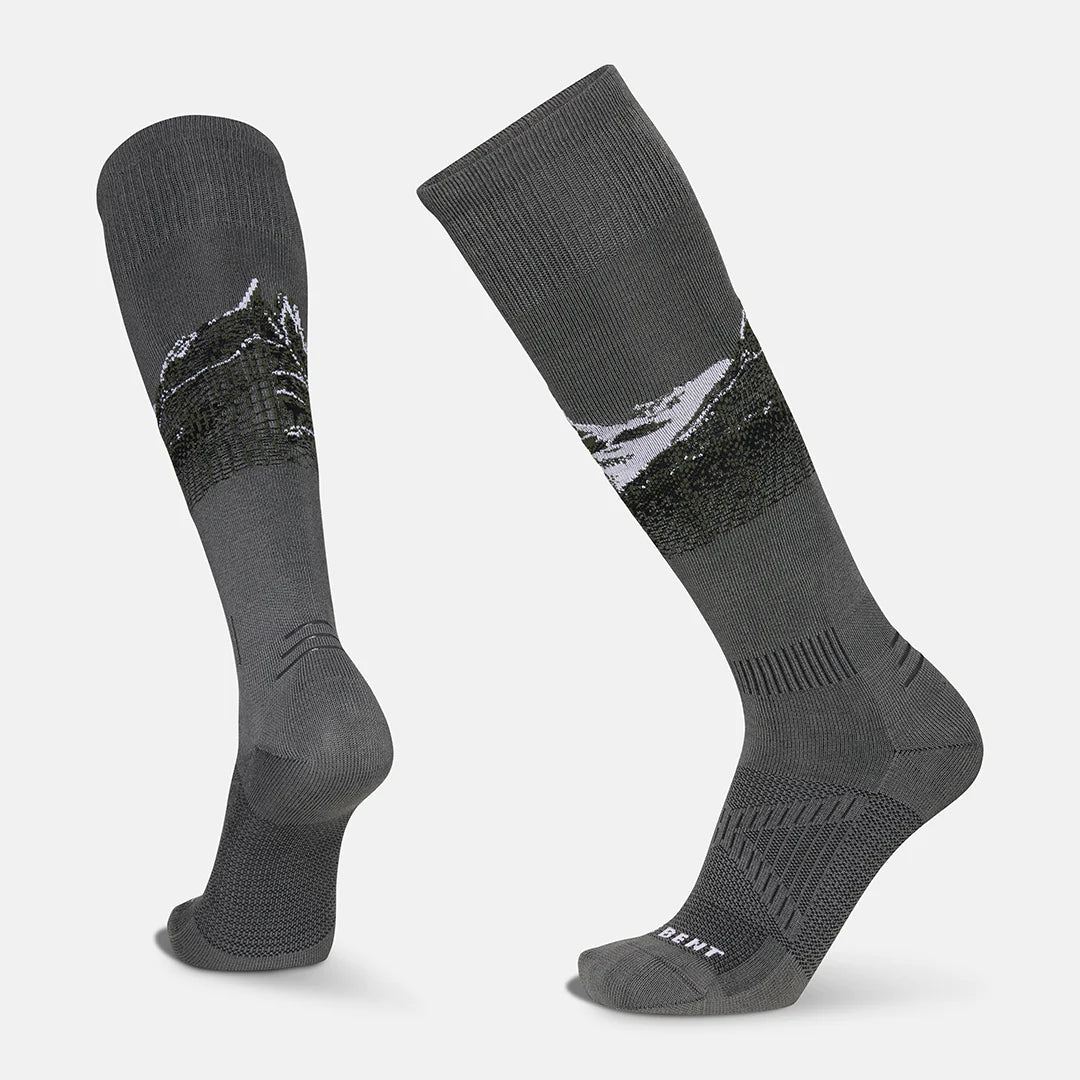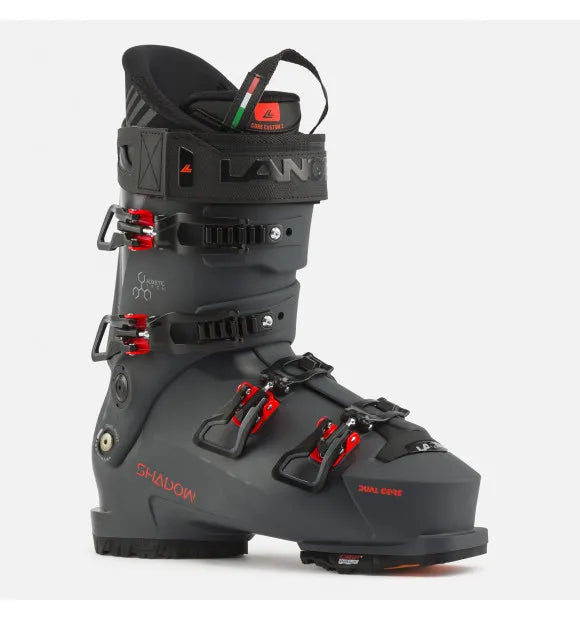Before getting to Wool socks let's quickly cover how socks should be worn inside a ski boot. The only thing that should be inside the boot from the toes to the top of the boot is a smooth ski boot. Very often we see skiers with boot issues who are wearing multiple socks, socks that are too low, or most often have thermal tights pulled into ski boots down to the ankles. These will all cause issues.
Ok.... got that out of the way, now let's cover wool.
-
Thermal Insulation: Wool, a natural insulator, has the remarkable ability to trap heat close to the body. Unlike cotton and many synthetics, which tend to lose their insulating properties when wet, wool retains warmth even in damp conditions.
-
Moisture Management: Water does not often seep into ski boots, but it is very common for feet to sweat during the day. Wool's unique structure allows it to wick moisture away from the skin, keeping feet dry and preventing cold feet. This moisture-wicking property is a game-changer for skiers who are used to skiing in cotton or even many synthetic fabrics that are supposed to wick.
-
Temperature Regulation: Skiing always seems to involve fluctuating weather conditions. Chilly mornings give way to warmer afternoons and snow showers. Wool socks possess a natural ability to regulate temperature, keeping feet warm in the cold and preventing overheating as the day progresses.
-
Odor Resistance: Wool's natural resistance to odor-causing bacteria makes it an ideal choice for ski socks. Skiers can enjoy the benefits of wool socks without worrying about offensive smells lingering in their gear.
A good pair of wool socks is the easiest and best first step to ensure that you're feet will be comfortable and dry all day while on the hill. Of course, if you need a bit of extra help staying warm, please check out our Winterheat Ski Boot Heaters.


